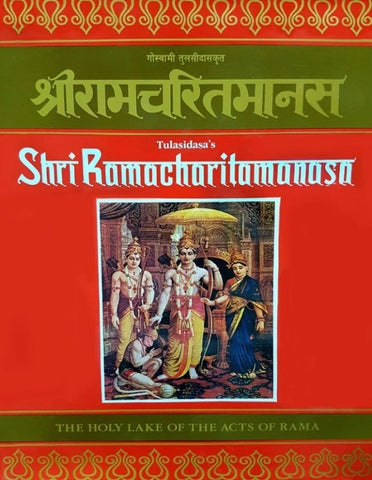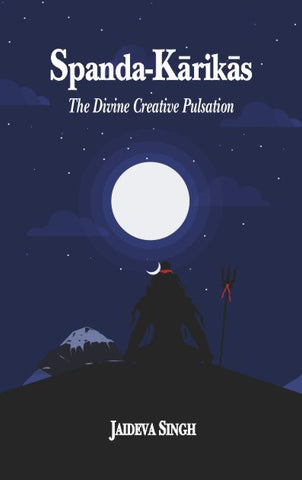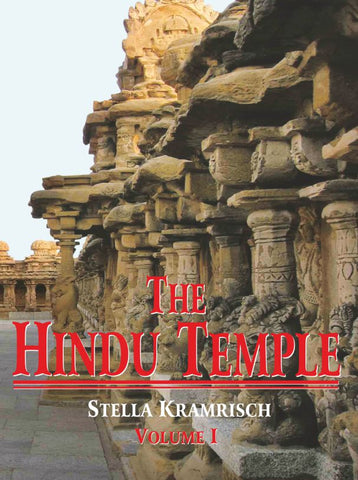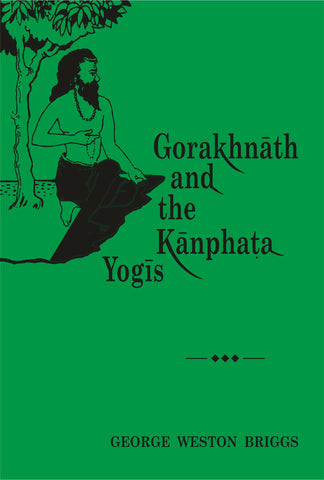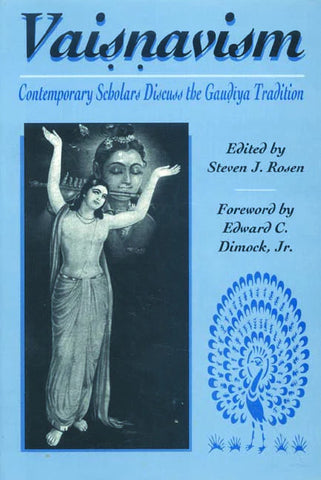Your cart is empty now.
Every year thousands of pilgrims travel to Brindavan, the village where Krishna is said to have lived as a child, There, in one of north India's great spiritual centres, they witness a series of religious dramas called 'Ras Lilas', whose central roles are performed by children. By translating four plays that collectively span this cycle, John Hawley provides a lively perspective on the mythology of Krishna as Hindus experience it today. His book contains an opening chapter describing the setting in which the plays are enacted and relating them to the religious and emotional world of viewers and performers, a substantial introduction to each of the four plays, and forty-eight evocative photographs.
Review(s)
"The translations are very well done. The poetic compositions in Braja Bhasha that occur in the plays are rendered in lucid language. The book will go a long way to help readers understand the poetry and mysticism of the Ras plays." - M.L. Varadpande, N
About the Author(s)
JOHN STRATTON HAWLEY is a Professor of Asian Languages and Literature at the University of Washington. He is the author of Sur Das: Poet, Singer, Saint and Krishna, The Butter Theif.
More Than One Book has been written to tell the story of Krishna, but in this one, he will speak for himself, as he does year in and year out to audiences all over India. Only a small proportion of India’s vast population has ever been literature and even those who could read have never been satisfied that a tradition can be learned from the age of a book. Commentaries must enrich a text; and more than that, one needs a living relationship with a teacher to bring the tradition to life in oneself. Westerns, by and large, are more comfortable with the notion that religious truth comes from books, but in India religion is not an extraction from the past. The gods surround you. Through their images – now cinematic as well as static – they are visible, and through various media, they speak.
In the case of Krishna, this is especially so. The life he adopted was neither the stuff of distant legends nor a tale of inaccessible Himalayan heights. He pitched his tent with common cowherd folk. On the whole, Krishna’s world is perfectly familiar to most Indian today. Exact replicas of the bullock cart he kicked over as a tiny child creak down every country road in India. His speech, too, is that of the common people. They call it Braj Bhasa, the dialect of the Hindi family that is spoken in the Braj region just to the south of Delhi on the river Jumna. This is where Krishna chose to live, and he lives there still today. He infuses himself as a living presence into a dramatic tradition called the Ras Lila, in which native Brahmin boys take on the roles of Krishna and his lovers and friends. Led by singer-directors who as boys played the principal roles themselves, these Ras Lila troupes are at home all over India come to see them, especially in Brindavan, which is today the spiritual centre of Braj and the most important place of pilgrimage for Krishna in all of India. In other seasons the directors take their art to the people, travelling with their troupes to every corner of the subcontinent.
I have translated four of these Ras Lila here. These four are selected from the mammoth repertoire not only because they are among the most commonly performed but because they present the full span of Krishna’s sojourn in Braj, from his arrival to his departure. They ignore the mature Krishna who teaches the Bhagavad Gita and heroically conducts affairs of the state in his role as king of the western city of Dvaraka. For all the renown the Gita has attained in the last century both in India and in the West, it is Krishna in Braj that people know and love best, Krishna in his youth; these plays present four important moments in the story. One of them, “The Birth of Krishna,” has an additional significance because of its intimate relation to a principal festival in the annual calendar; another, “The Great Circle Dance,” incorporates a version of the dance sequence that daily introduces these plays, and without which they would not have the ritual force they do. By exploring such mater in the introductions to each of the plays I hope to give the reader a sense not only of the narrative line but also of the ambience that makes it possible for those who see these plays to enter into the story themselves. The first chapter, on Brindavan, has that as its entire aim.
One question that outsiders immediately ask – is who wrote these plays. – does not occur to anyone in Braj. These are not individual compositions, but a collective forum in which Krishna makes himself available to those who love him. In most cases, it would be extremely difficult to ascertain the author. This is a dramatic tradition at least five centuries old, and although in every generation new plays are added at the initiative of inspired persons, including the rasdharis themselves, the; singer-directors who literally “bear” or “hold together” the Ras Lila, in most instances the author, if there ever was one, has long been forgotten. Furthermore, the plays are constantly being recomposed as rasdharis introduce new songs into the music that undergirds and embellishes the Lilas, and omits old ones. Each rasdhari possesses his own written list of songs, but the dialogue is entirely an oral tradition, and although the rasdharis remember the lines from pas performances and teach them to their companies, there is also a measure of independence: performers often invent new lines on the spot. Similarly, most plays retain a very traditional plot structure, but others, like “The Great Circle Dance” included here, are more modern attempts to bring tradition to life. All this being the case, it has been essential to translate these drams from actual performance rather than from any written text. I have occasionally summarized a sense or two in the interest of brevity, but the dialogue that appears, save for the omission of a few interjections and rhetorical repetitions, is an unabridged rendering of what I actually heard.
One important element, however, is missing – the music – and its absence sometimes has the effect of leaving exposed what is not very good verse, lines intended more to structure the drama than to be savoured for a poetic rim bare and density of their own. On occasion, in fact, the removal of the melody almost totally robs the poetry of its aesthetic effect, and when that happens it has seemed wise to supplement the literal sense scarcely be possible to convey the charm that the alternation of song and speech continually lends to these dramas. There are other times – when the composition of the medieval poets Sur Das or Raskhan is quoted, for example – when one can expect much more, but on the whole one should remember that this is largely a folk idiom, in which songs are intended to be understood by many at a single hearing rather than pondered by a few connoisseurs.
These four plays were formed in the summer months of 1976 by a single company of a single state. The troupe is unusual in that two rasdharis, or svamis as they are popularly called, have joined forces to create it. Their cooperation aptly symbolizes the fact that, while ancient, this tradition is constantly changing. In every generation, it is infused with new blood as handsome and clever boys are recruited from outside the old rasdharis’ immediate families to play Krishna or his beloved Radha when there are no suitable candidates in the family itself. Svami Natthi Lal, who plays the drums, comes from an old line of rasdhari and hails from Kamain, one of the villages in which the Ras Lila tradition is the oldest, whereas Svami Sri Ram, who leads the musicians in singing the narration was the first in his immediate family to enter the Ras Lila tradition. The troupe of Sri Ram and Natthi Lal Is neither the most famous in Braj nor the least, though recently it has gained in reputation as it has come under the patronage of one of the great religions as it has come under the patronage Gosvami.
I am grateful to all three of these men for permitting and encouraging me to tape these plays and to Murari Lal Verma for transcribing them. Premanand, the best-known and most prolific composer of Ras Lila in Brindavan today, was kind enough to correct the texts in a number of instances. Michelle Nguyen, Linda Konishi, Barbara Schuster, Georgia Lo Cornett, and Libby Sandusky have provided meticulous typing assistance, and my wife Laura Shapiro has improved the manuscript with a myriad of editorial suggestions. Norvin Hein and Radha dasi have also offered helpful corrections and comments, and to Mark Juergensmeyer I owe, after many hours of patient labour, most of what is poetic in the verse. The traditional stencil drawings come from the hands of Narayan Das and Cain Sukh Das of Mathura. The Foreign Area Program of the Social Science Research Council and the American Council of Learned Societies, Harvard University, and the National Endowment for the Humanities have all provided generous grants for research.
Projects in pursuit of intercultural understanding often presuppose a great deal of personal interdependence, and this book is a case in point. It could scarcely have been undertaken without the help of Shrivatsa Goswami, son of Purusottam, who first welcomed me to Brindavan and introduced me to the Ras Lila, and who has aided me in various stages of my study ever since. I have tried to acknowledge my debt to him by including his name on the title page. By answering my questions as I translated, and by reviewing the final product, he has saved me from innumerable errors, and his understanding of the theological perspectives that undergird these dramas has greatly amplified and often corrected my own. I remain responsible for the text, however, and it will be evident to the reader that the commentary, aimed at outsiders, is also the work of an outsider, I can only hope that I have enough of the music of Krishna’s flute to prevent me from grossly distorting a tradition that is precious beyond telling to those who preserve it.
| List of Illustrations | xi | |
| Preface | xiii | |
| Transliteration | xvii | |
| Chapter I | ||
| Pilgrimage to Brindavan | 3 | |
| Chapter II | ||
| The Birth of Krishna | 52 | |
| Chapter III | ||
| The Theft of the Flute | 106 | |
| Chapter IV | ||
| The Great Circle Dance | 155 | |
| Chapter V | ||
| The Coming of Akrur | 227 | |
| Notes | 275 | |
| Glossary | 311 | |
| Bibliography | 321 | |
| Index | 333 |
Delivery and Shipping Policy
- INTERNATIONAL SHIPPING
- Rs.1000-1100/kg
- ESTD. Delivery Time: 2-3 weeks (depending on location)
- Bubble Wrapped with Extra Padding
- NATIONAL SHIPPING
- NCR: Rs. 30/half kg
- Standard: Rs. 80/half kg
- Express shipments also available on Request
- ESTD. Delivery Time: Ranging from 1-4 days up to 7 business days (Depending on your choice of Delivery)
- TRACKING
- All orders; national or international, will be provided with a Tracking ID to check the status of their respective orders
- Depending on the Shipping Service, Tracking ID may be used on their respective tracking portals
Frequently Asked Questions (FAQs)
Domestic Shipping: 3-4 Days (after shipping)
International Shipping: 1-2 weeks (based on your location)
You will receive an email once your order has been shipped or you can email us if you didn't receive tracking details (info@mlbd.co.in)
Every book that we sell is the latest edition except all the rare books
Yes, we do provide free shipping, only on domestic orders (within India) above Rs.1500


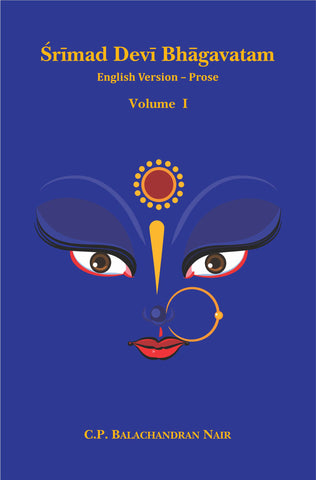
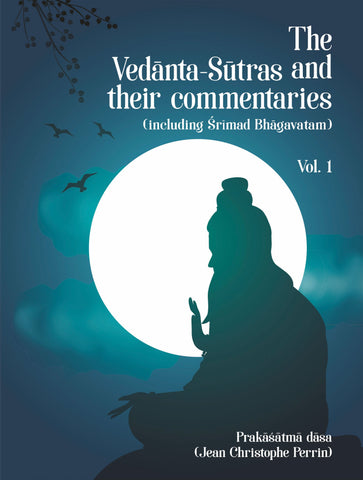
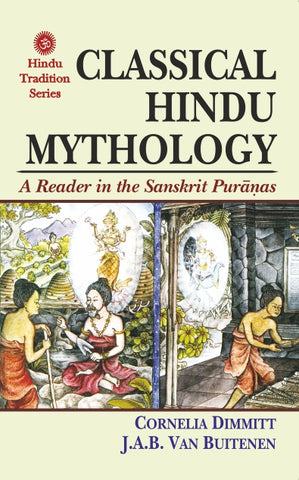
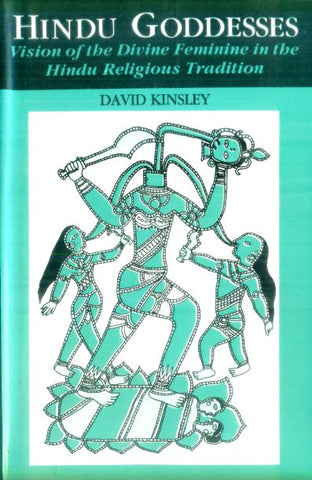
![Advaita Vedanta mein Gyan evam Bhakri : Darshnik Vimarsha [Knowledge and Devotion in Advaita Vedanta : Philosophical Discourse] by Dr. Satyakam Mishra and Dr Karan Sigh](http://www.motilalbanarsidass.com/cdn/shop/products/ADVAITAVEDANTAMEGYAN_large.jpg?v=1675408211)
